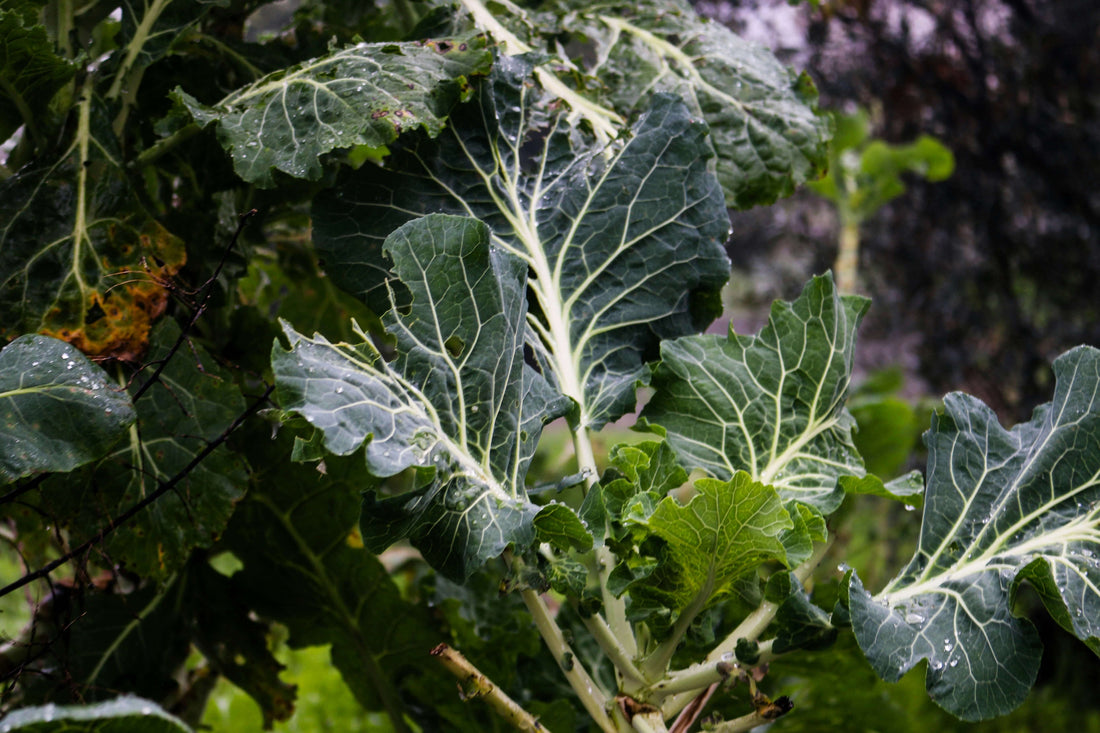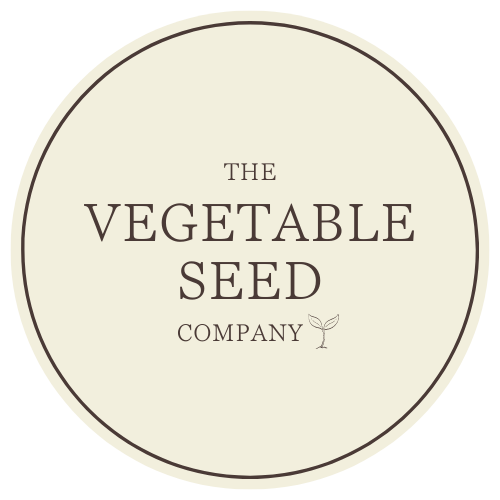
Top Tips to Increase Vegetable Harvest: A UK Gardener's Guide
Share
Everyone's dream garden is filled to the brim with thriving vegetable plants throughout the growing, unfortunately, this isn't always the case in our vegetable garden, and keeping those crops thriving can be hard; resulting in a disappointing harvest.
It is possible to have your dream garden, with a bigger harvest and more vegetable varieties, it just takes time and planning.
We've pulled together our favourite top harvesting tips - using these, you'll have plenty of root crops, bush beans seeds and leafy greens gracing your garden in no time!
Our Top Tips
Succession Planting
Ever ended up with a bunch of vegetables in a harvest, with no time to utilise the whole crop? Us too - it's a common problem faced by many gardeners, but, there's no need to worry as it's easily fixed!
Succession planting is a simple, yet effective, method to increase productivity without leaving you with lots of vegetables that you cannot use.
It is defined as planting rounds of seeds continuously and is sometimes known as 'succession sowing'. All that it takes is through the growing season, you need to plant a few rows, wait a couple of weeks and sow seeds in another few rows - giving you a continuous harvest throughout the growing season and giving you more food for longer.
Without taking too much space, this method of sowing seeds helps to increase production which is a win win situation, especially if you only have a small growing area and need space for other crops.
Indoor Germination

The UK's weather can be pretty rubbish, and unpredictable and many young plants suffer from this. So a sunny windowsill or greenhouse is the answer...
Starting seeds indoors, and transplanting them outside to reach maturity once they have germinated will help make sure you have healthy plants as well as a big harvest!
This technique gives plants a head start and protects them for adverse weather conditions of the early season: it also means a home gardener can begin growing before the last frost -extending the season!
Tomatoes, peppers, herbs, spring onions and leafy greens are perfect for indoor planting.
Compost Everything!
Composting is a great way to introduce plenty of organic matter to your vegetables. You can create it yourself by recycling kitchen scraps and yard waste into a compost bin.

Once it's turned into compost, you can add it into the soils you are using to give plants that are sown directly outside all of the nutrients they need to grow to be big and strong - ensuring your first harvest of the year is a good one.
Grow Vertically

Grow upwards rather than horizontally; it's a great way to maximise space and increase the number of vegetables you can grow.
This method is ideal for balconies, patios and small yards and, as well as saving space, it also reduces the risk of fungal diseases as it improves air circulation.
All you need is structures, such as trellises, to support climbing plants such as beans and snow peas.
Get Used to Mulching
Mulching is the process of covering the soil surface around a whole plant with materials like organic matter. It serves multiple purposes, including moisture retention, temperature regulation and weed suppression; all of which will help your vegetables thrive and produce an amazing harvest, so you can enjoy eating them!
You can use straw, wood chips, bark, compost or leaves as mulch. Inorganic materials such as gravel and plastic sheeting does work too.
Water Plants Properly

For all things on this earth, water is essential, and plants are no exception: it is essential for plant growth. Underwater and over watering can harm plants, so it's important to be careful all year round.
To reduce evaporation, water early in the morning and allow it to soak up all of the water whilst it's not too warm.
Water deeply, and less frequently, as this helps the water reach the root zone and cover the roots in mulch to retain the moisture and reduce the need to water as often.
Prune, Prune, Prune
It's scary, but removing parts of a plant is an essential part of gardening, and will help your vegetables thrive and grow larger. Selecting branches, buds or roots helps it's health, shape and productivity.
Removing dead or diseased parts prevents further spread of these and reduces further risk of disease.
By removing large leaves, you help light reach more of the plants, this extra light and less foliage helps vegetable plants direct their energy onto fruit production.
Crop Rotation
Across seasons, it's important not to sow the same seed packets in the same place year round. Rotation of crops helps soil health and reduces pests and diseases to improve the yield.
At the beginning of each year, divide your garden into section and assign different crop families to each rotation - so if something in one family was planted there in the previous season, make sure another family is sowed there the next. This interrupts the life cycle of pests and pathogens.
Vegetable Families
Make sure you know the families each vegetable is in, so you can accurately divide your garden into sections.
-
Nightshade are tomatoes, pepper seeds, eggplants and potatoes.
-
Legumes are beans, peas and lentils.
-
Cruciferous is broccoli seeds, cauliflower and cabbage.
-
Leafy Greens are lettuce, spinach and kale.
-
Root Vegetables are carrots, beets and radishes.
Plant High Yield Harvest Vegetables
Producing a high quality of produce per plant, high yield varieties maximise productivity in your garden and ensure you have a bountiful harvest.
Without needing any additional space, these plants produce more food - what more could you want?!
Here are some of our favourite high yield veggies:
-
Tomatoes: Varieties like 'Big Boy', 'Early Girl', and 'Roma' are known for prolific fruit production.
-
Peppers: 'Bell Boy' and 'California Wonder' offer abundant yields.
-
Beans: Bush varieties like 'Blue Lake' and pole varieties like 'Kentucky Wonder' are highly productive.
-
Lettuce: 'Buttercrunch' and 'Romaine' provide multiple harvests through cut-and-come-again methods.
-
Squash: 'Black Beauty' and 'Yellow Crookneck' are exceptionally productive.
-
Cucumbers: 'Marketmore' and 'Lemon' cucumbers offer plentiful harvests.
-
Spinach and Kale: These leafy greens can be harvested repeatedly throughout the season.
Encourage Bees into your Garden

Bees are vital pollinators. They spend their days enhancing plant reproduction; helping to better fruit and seed production. Encouraging these beneficial insects into your outside space help contribute to a healthy vegetable garden.
Lavender, sunflowers and marigolds are all great choices for encourages these insects.
Provide habitat and nesting sites near by - areas of bare ground, bee hotels or dead wood with hollow stems are all great options.
